Our #gardenjournal continues as we get into pruning time in Southern Oz. This post isn't for the challenge, which @riverflows reminds me is only for the first week of the month. It's just a seasonal update.
I been asked how I keep the Rosemary, Wormwood and Lavender on our fenceline in such good condition. So I thought I’d share. It’s easy, very easy and more about subtraction than addition.
We planted the bushes where we did so that their amazing aromatics would keep pests off of the Orange and Mandarine trees. Their prolific flowers bring in the pollinators that then move to the rest of the garden and their incerdible remedial effects are well utilized. They also provide Mite repellent bedding material for the chooks and Quail.
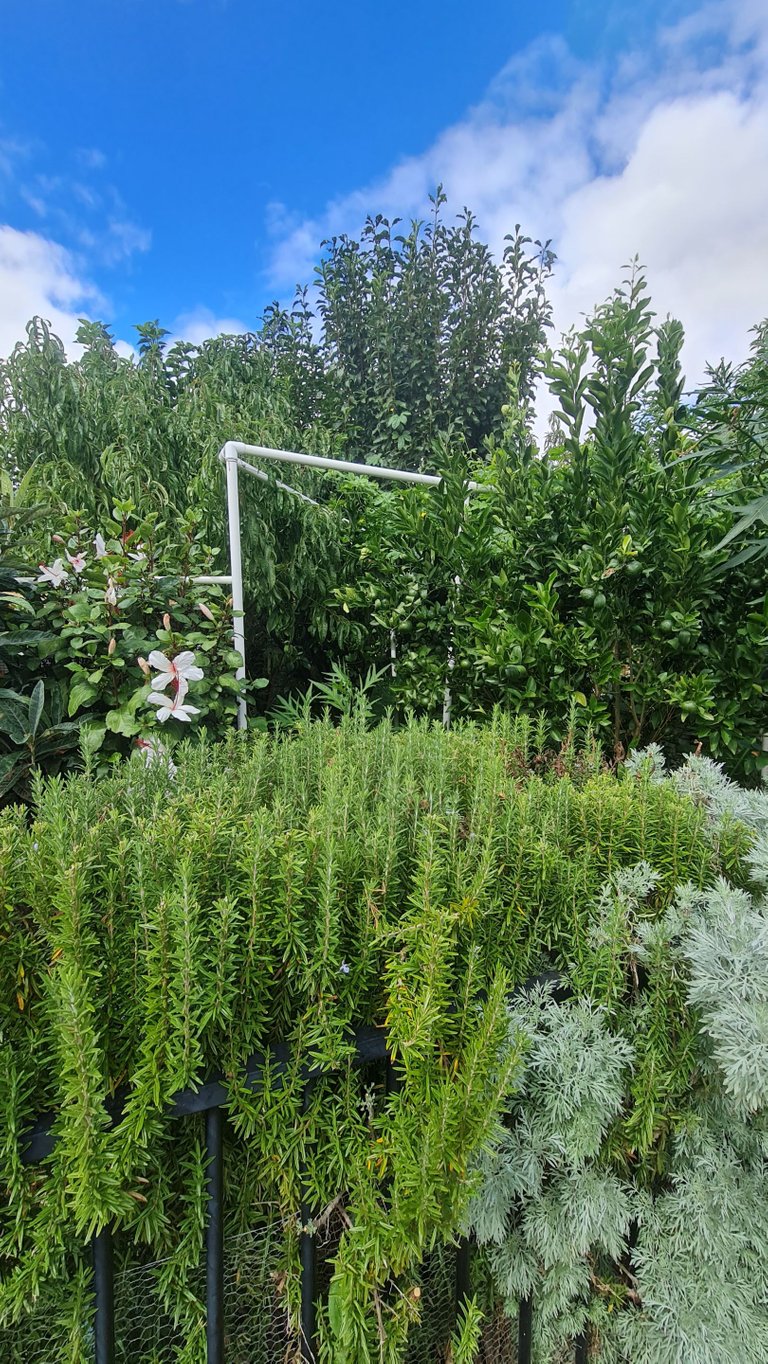
It woked but eventually those plants overwhelmed us and we decided to take out those nearest the Orange to allow more light into the area beneath it so that other plants could grow there.
Those at the other end of the garden, near the Mandarine tree, are rocking along nicely. – too nicely in fact, so I had to give them a hard prune while the weather still has some warmth to it. These plants can be pruned at any time of the year, though I instinctively avoid the depths of Winter. It’s just too cold for a plant to be naked!
Prune them hard!
My trick is to give the bushes a really hard prune several times a year. By severe, I mean reducing the plant by 30 – 50%. Not just off the top either, the sides get a good trim too.
When some plants have their stem cut, one gets one or more stems growing from where the cut was made. That means, lots of new, green growth and bushiness.
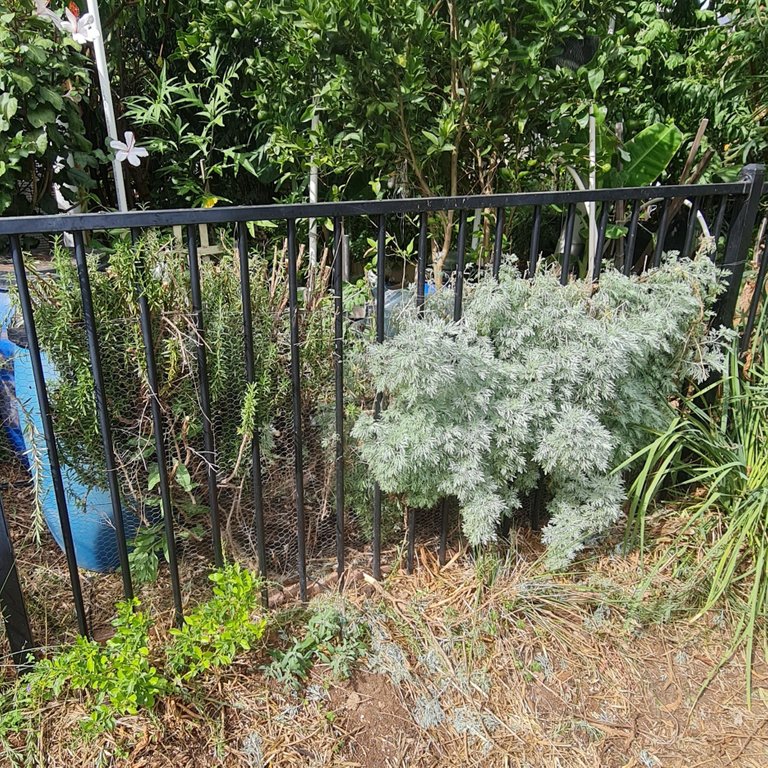
If you leave the plant to it’s own devices, new growth only happens at the ends of branches and, as the plant gets thicker and starts to block out light to its own lower parts, new growth no longer forms in those areas (it would be a waste of energy to expend resources making leaves in areas that aren’t getting any light). That is why older, unpruned plants look half dead and really unkempt. Check out the next pic of this post to see how the Lavender, which wasn’t well pruned this year, looks this way.
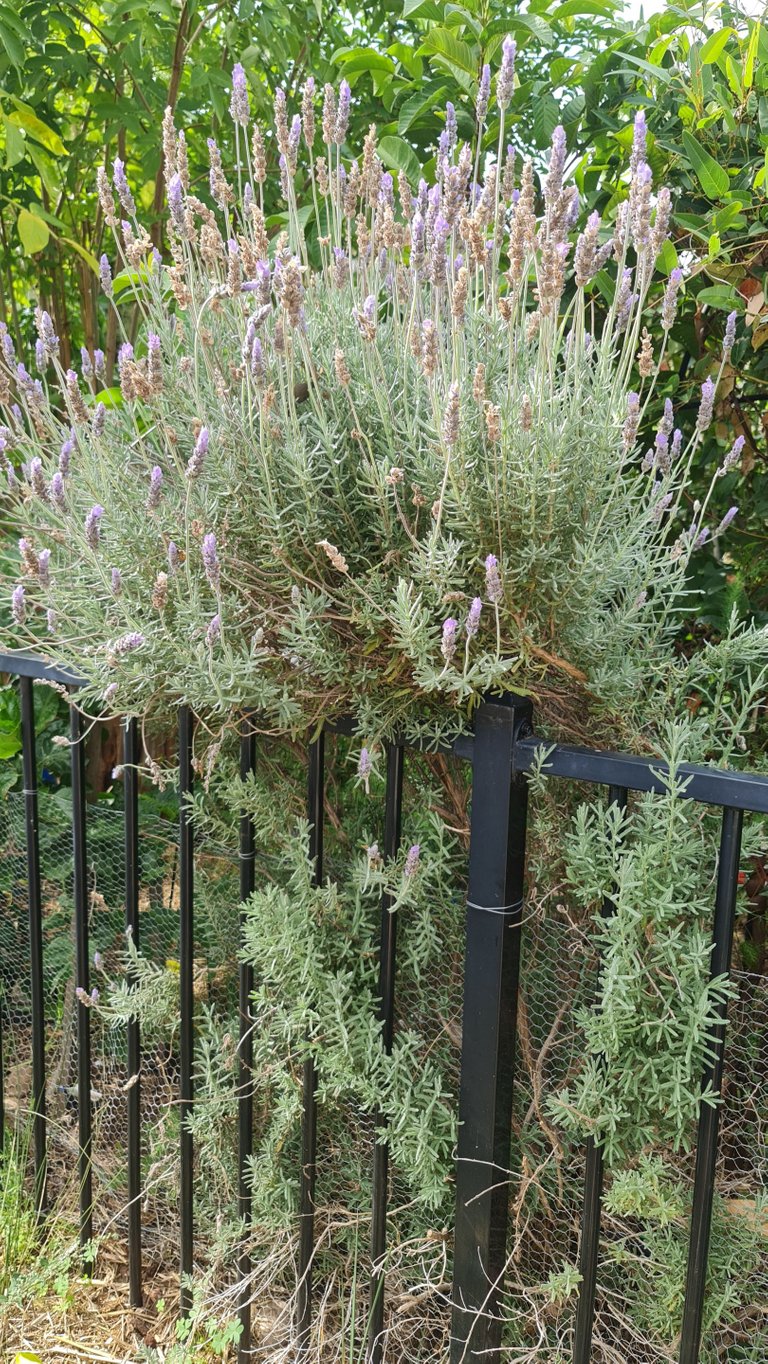
Hard pruning restores the light to the plant, allows more area to reach the Sun and therefore, gives the plant more energy to grow. That equals a much healthier plant in general. As these plants flower on new growth, pruning like this creates more flowers which equals more bugs which equals a healthier garden!
Because the bugs love the flowers and the birds love the bugs and I love them all, I only prune one or two of the bushes at a time so that there are plenty of flowers on at least one bush.
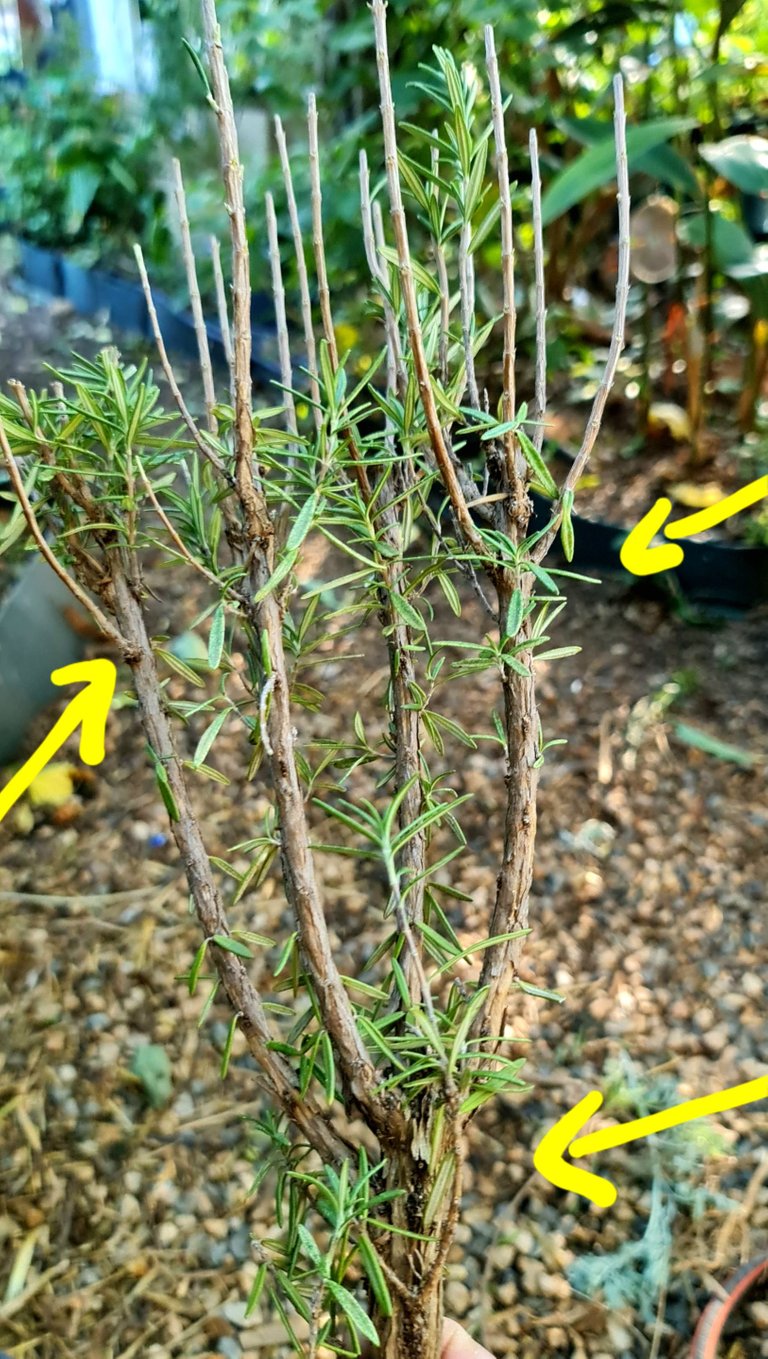
If you look in the picture above, I have marked the areas where cuts have been made. You can see the increased number of stems sprouting from around each wound.
Treat them rough!
Rosemary, Lavender, Wormwood are all close cousins and love the same conditions. They don’t like to be mollycoddled so treat hem rough once they’re established.
All of the plants in this group love excellent drainage, if not dryness. In all except the hottest weather, I’ll turn their drippers off for a week or so from time to time to let the soil around them dry out. They love it!
Only fertilise them after planting or pruning or just as they flower. They seem to enjoy working hard for their living. In the same manner, give them full Sun – as hot as it gets all year. At Ligaya Garden, they've all done best on the fenceline, facing the full western Sun.
About 3 years ago, a neighbour took half a dozen cuttings from our Rosemary and there is now an unkempt but beautiful Rosemary hedge next door that is always in flower. When he took the cuttings he, literally just stuck them in the ground and watered them for a bit. These plants are tough!.
Another way to get more growth.
Another bonus from the frequent, heavy pruning is the large amount of nice, straight cuttings that you get.
Trim these to about 15cm long and take off the lower 10 cm of leavs. Place the leafless part in water or into damp potting mix for a while and many will take root and give you new plants to use in your garden or to share around with your community.
Use only the slightly woody cuttings, not the all green ones (which have a tendency to rot in the dampness) and you’ll have better results.
Add 1/2 to 1 Asprin or some willow bark water to your water to improve your chances. Some of the compounds contained in these promote rooting (yes, I managed to refrain from making THAT joke). Dipping the cut end in honey also helps, as the anti-fungal compounds in it help to prevent rot.
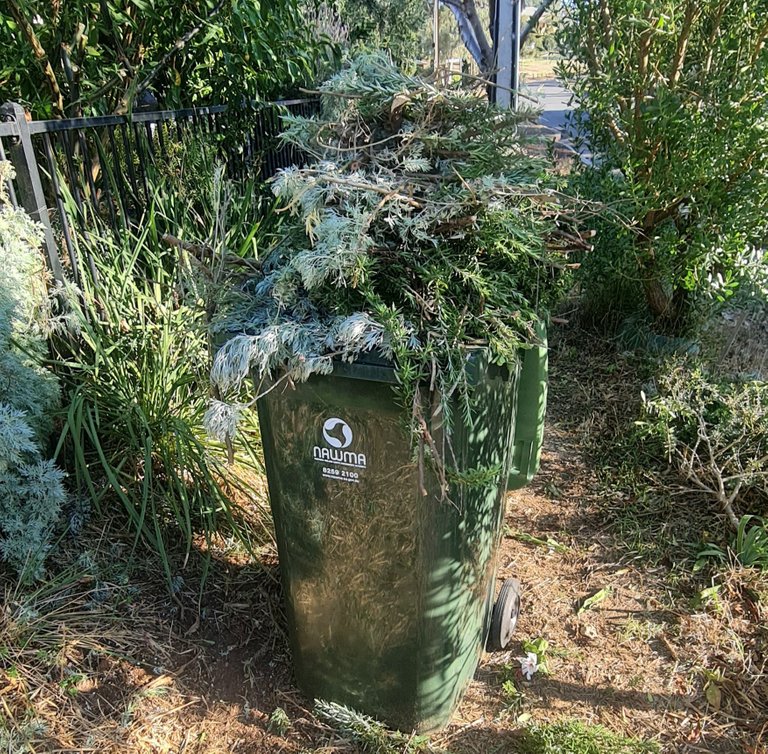
I originally posted this on our main website Ligaya Garden Online but have added extra to make it a little different for the #hivegarden community.





